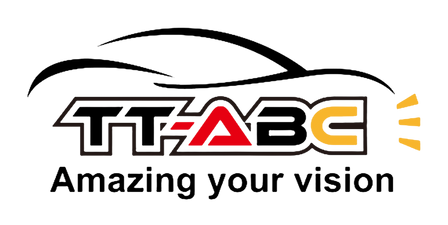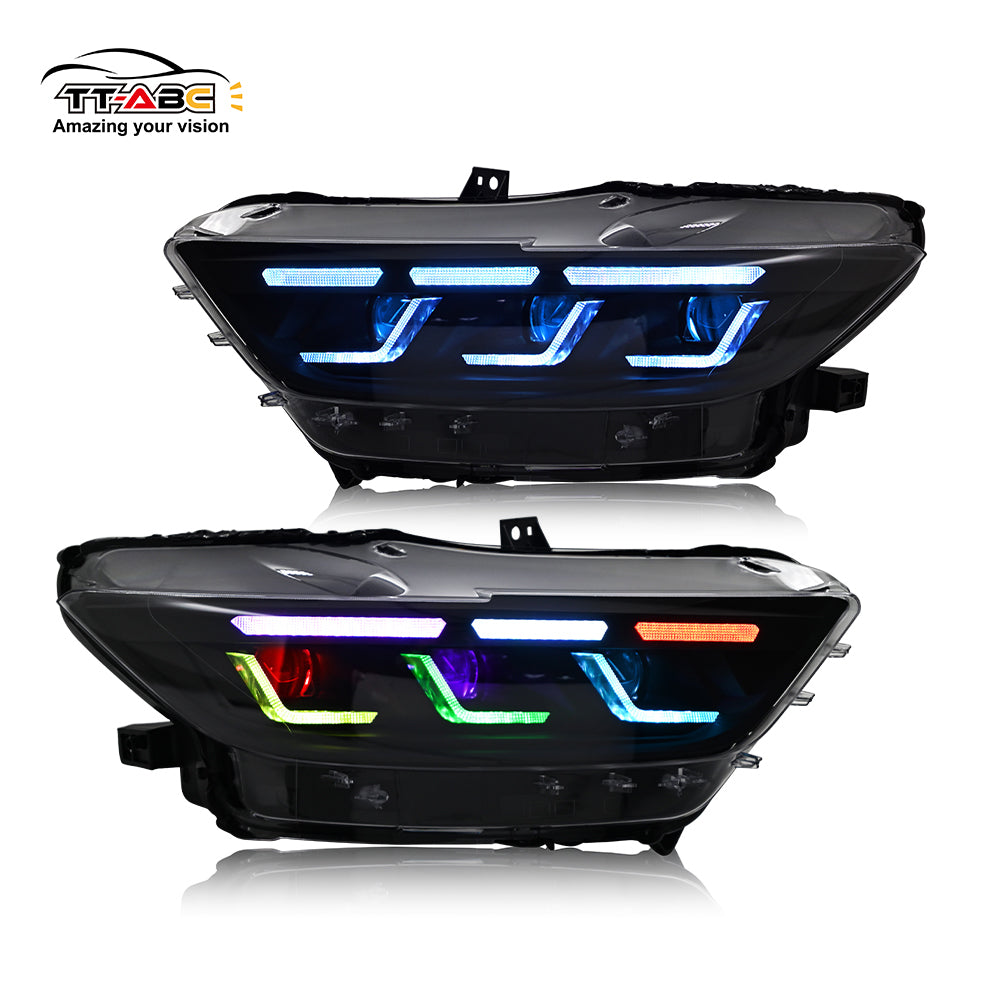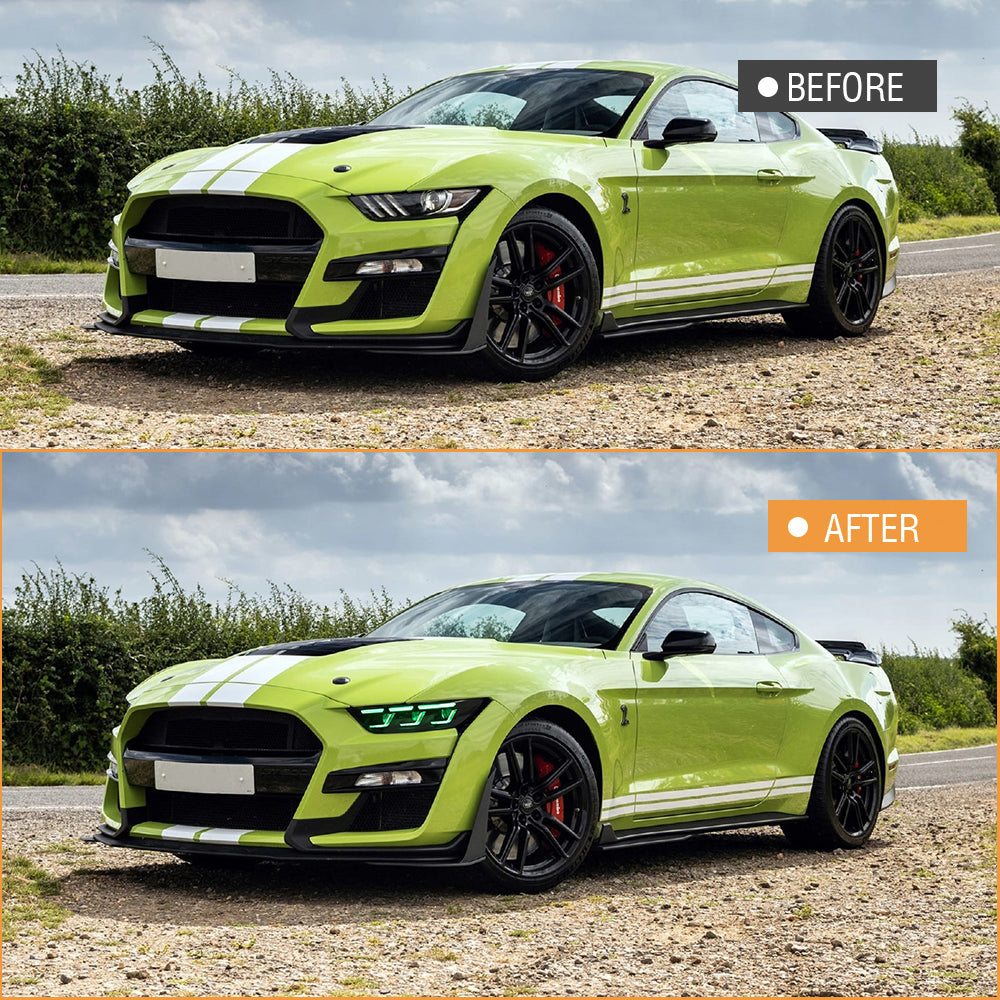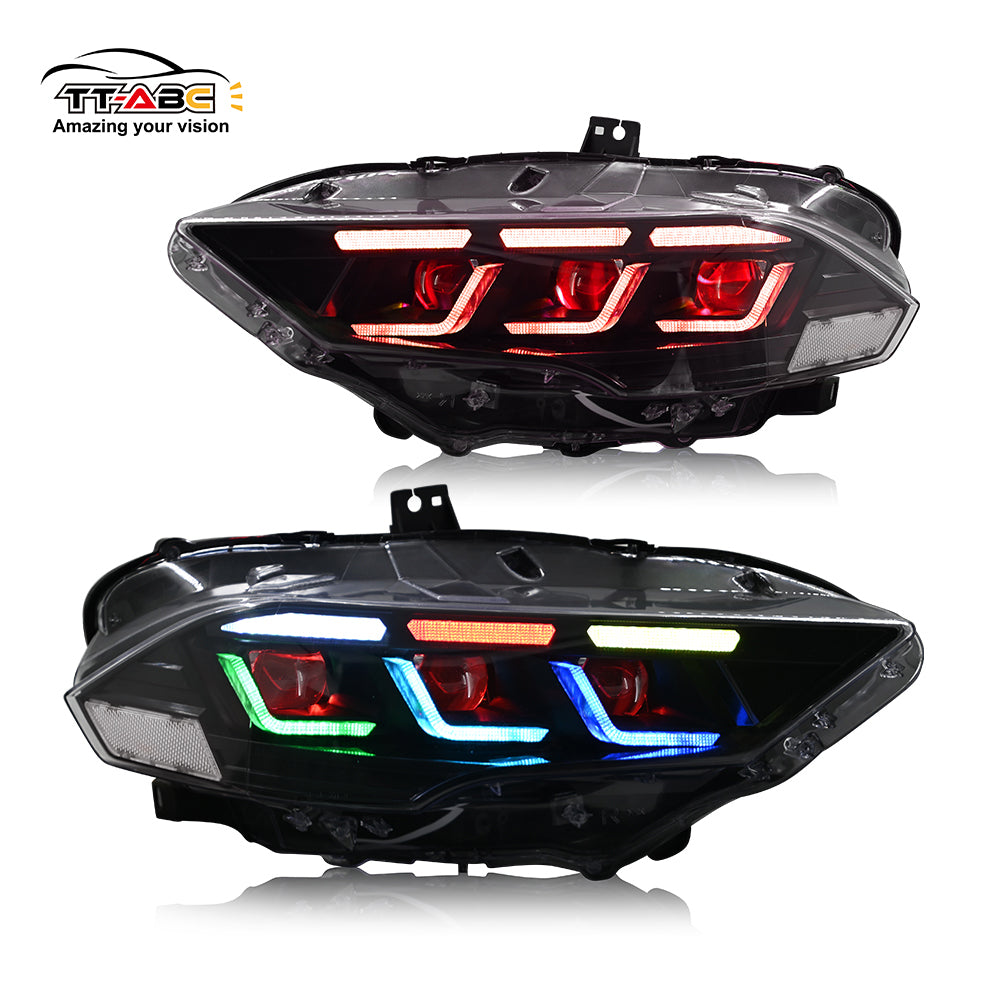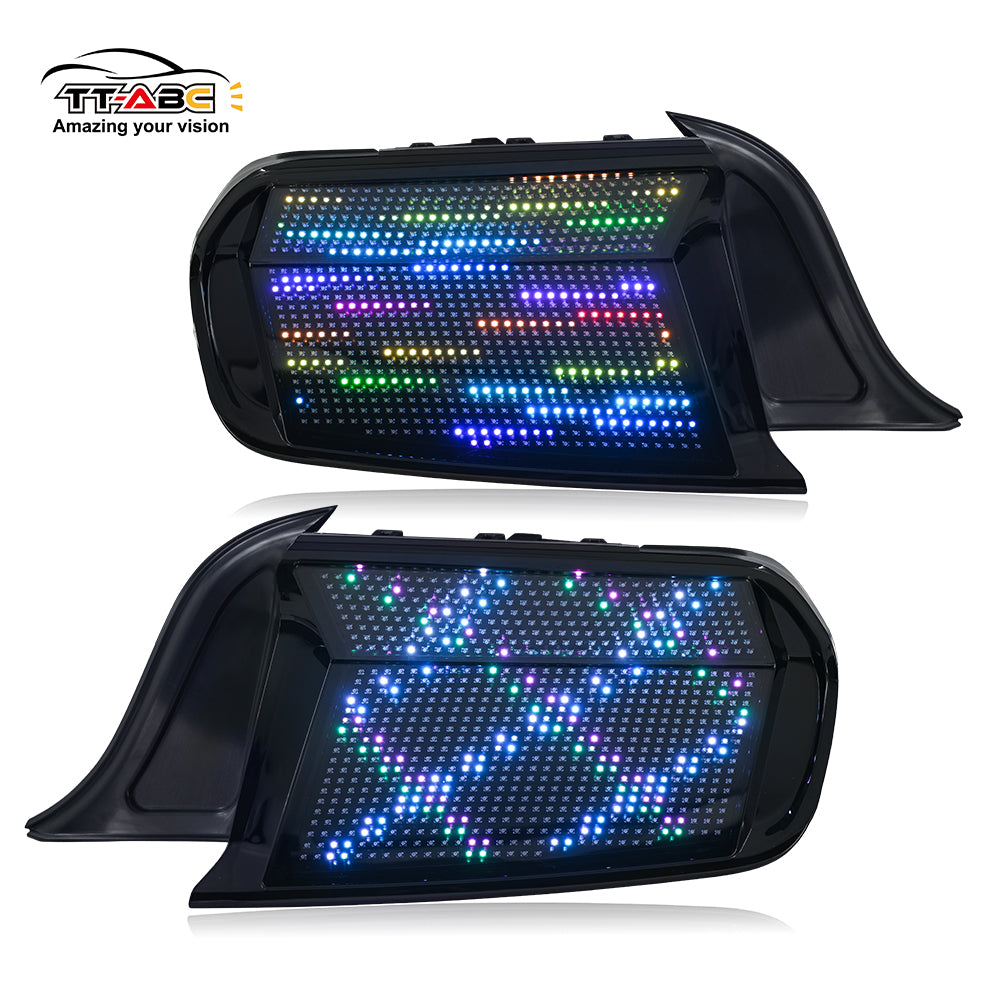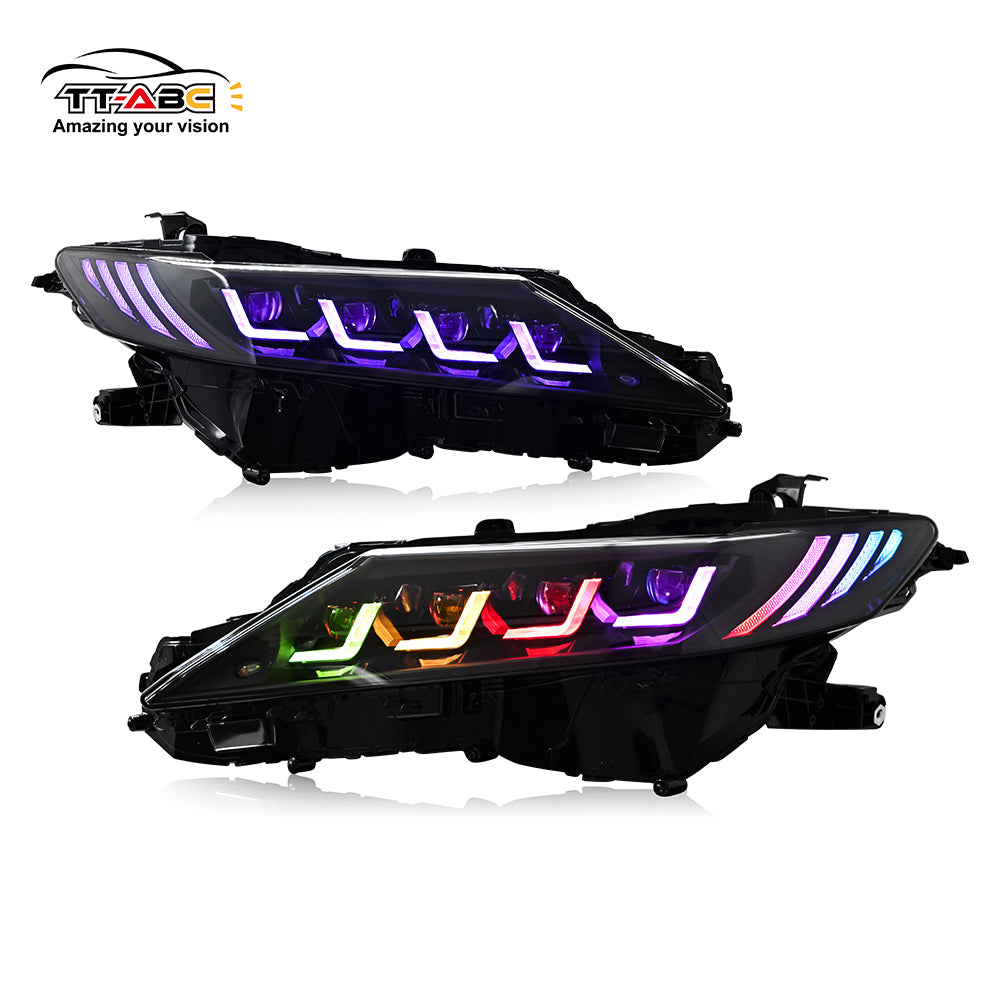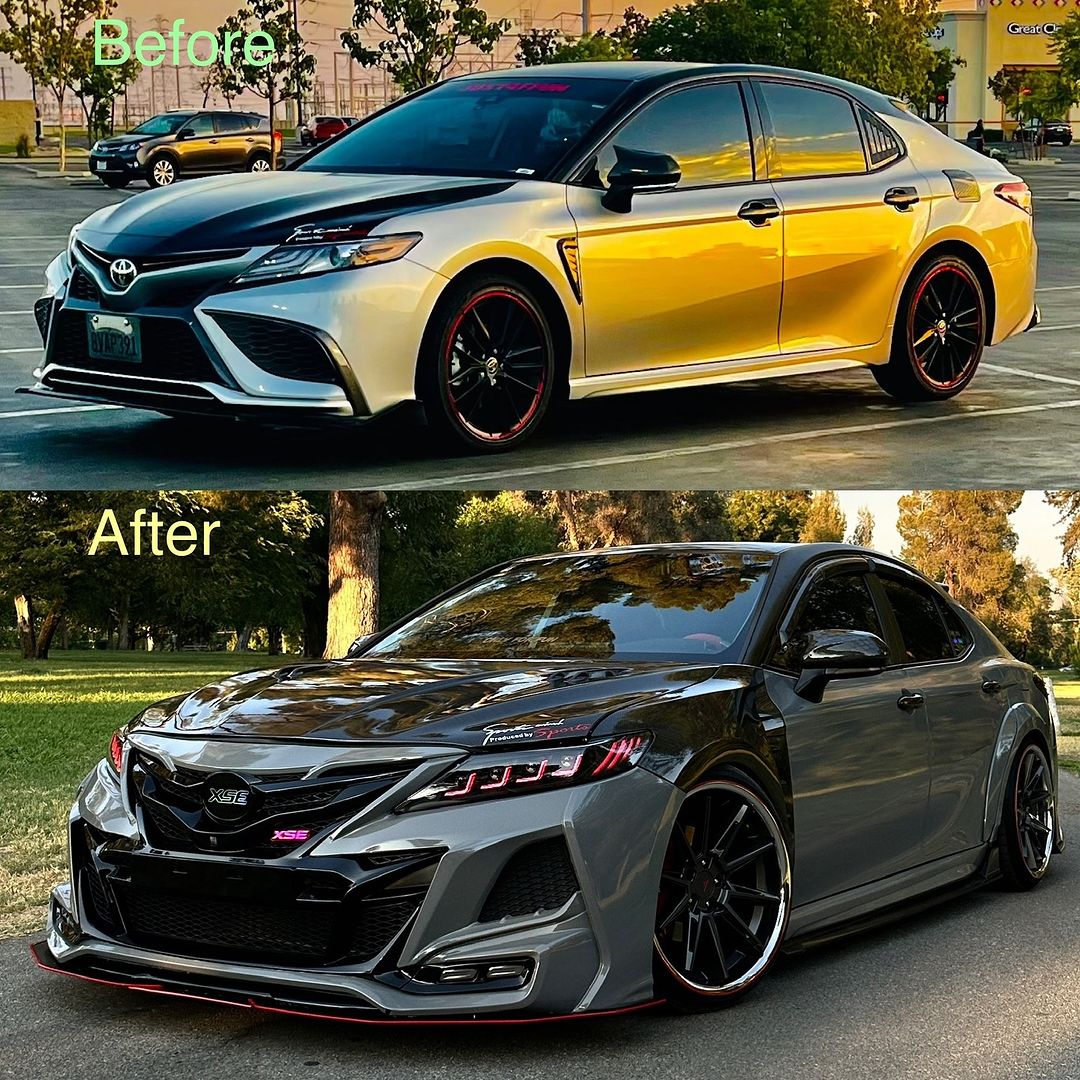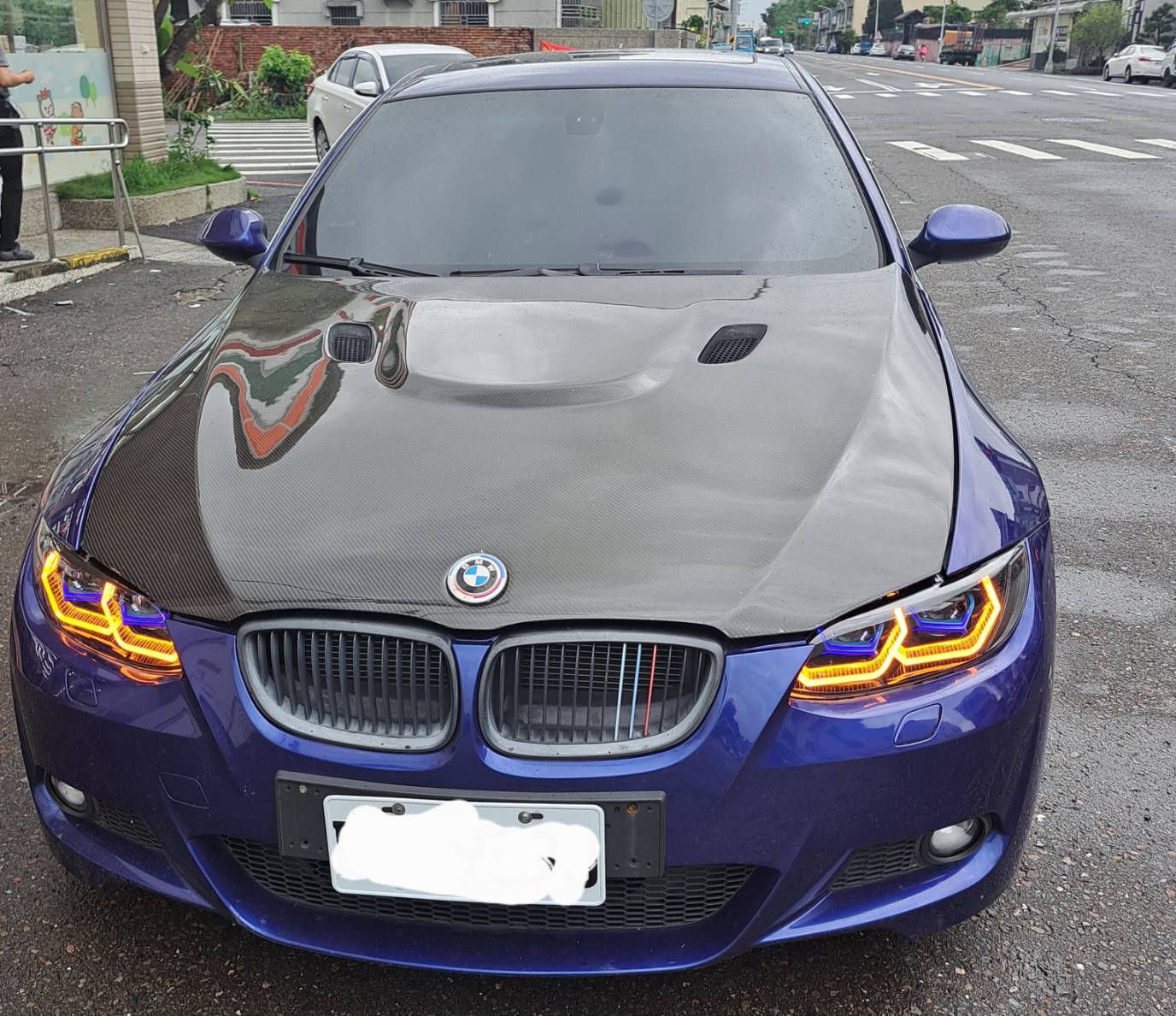قدمت شركة Automotive Lighting، وهي الشركة المسؤولة عن تصميم المصابيح الأمامية لسيارات F80/F82 M3/M4 الجديدة والفئة الرابعة الجديدة، صورة كاملة تعرض تقنية LED.
وصف حسين العطار، المصمم المسؤول عن تصميم المصابيح الأمامية لسيارة BMW الفئة الرابعة كوبيه، التفكير التصميمي وراء هذه الأضواء الجميلة.
إن تقنية إضاءة LED المستخدمة في سيارة BMW الفئة الرابعة كوبيه الاختبارية هي نفسها المستخدمة في طرازات BMW الفئة السادسة، ولكنها تتغير من الخطوط الدائرية إلى السداسيات المفتوحة. وأشار العطار إلى أن ربط عناصر الإضاءة بشبكة سحب الهواء المغلقة بالكامل هي فكرة جديدة. في الواقع، تبدو أفضل شخصيًا من مصابيح LED في سيارة BMW الفئة الثالثة سيدان الحالية، ومن المرجح أن يتم الاحتفاظ بها في سيارة BMW الفئة الرابعة كوبيه الإنتاجية.
قال العطار عند تصميم الإضاءة لسيارة BMW الفئة الرابعة كوبيه الاختبارية: "كانت لدينا فكرة واضحة للغاية منذ البداية". "في النهاية، كان الأمر مجرد مسألة ضبط دقيق ومناقشة ما إذا كان يجب وضع الخطوط التي تربط الأضواء بالشبكة أعلى أو أقل قليلاً. الموقع."
ولكن ما هي التكنولوجيا الفعلية وراء هذه المصابيح الأمامية؟
تكنولوجيا LED في المصابيح الأمامية
في المصابيح الخلفية، تعد مصابيح LED الحمراء والصفراء بالفعل أحدث ما توصلت إليه تكنولوجيا الإضاءة. في المصابيح الأمامية، هناك حاجة خاصة إلى مصابيح LED البيضاء التي توفر كفاءة إضاءة أفضل. تُستخدم مصابيح LED البيضاء بالفعل في العديد من المشاريع المتسلسلة لوظائف الإشارة مثل مصابيح تحديد المواقع أو مصابيح التشغيل النهارية. حققت شركة إضاءة السيارات أول ظهور عالمي من خلال تطوير أول مصابيح أمامية LED بالكامل لسيارة Audi R8. لأول مرة، تستخدم جميع وظائف الإضاءة في سلسلة المصابيح الأمامية تقنية LED، بما في ذلك الضوء العالي والمنخفض، ومصابيح التشغيل النهارية، وإشارات الانعطاف، ومصابيح تحديد المواقع.
مزايا LED
تصل درجة حرارة ضوء LED تقريبًا إلى جودة ضوء النهار.
عمر طويل للغاية، يدوم طوال عمر السيارة.
يتم تقليل استهلاك الطاقة بشكل كبير.
استخدام مساحة تركيب المصابيح الأمامية بكفاءة أكبر.
في تطوير المصابيح الأمامية، تم توفير حرية وتنوع فريدين لتطوير عناصر التصميم المميزة للعلامة التجارية.
وظيفة LED
تعتمد مصابيح LED على تقنية أشباه الموصلات. عند تطبيق جهد أمامي، ينبعث الضوء مباشرة من ركيزة أشباه الموصلات. يعتمد اللون على طاقة فجوة الطاقة لنطاقات التوصيل والتكافؤ للمادة التي تشكل أشباه الموصلات. من خلال عملية تحويل التلألؤ، يمكن إنتاج الضوء الأبيض. من خلال الجمع بين الصمام الثنائي الأزرق مع مادة التحويل المطبقة، يتم إدراك مزيج الأزرق والأصفر كضوء أبيض.
تطبيق التكنولوجيا في المصابيح الأمامية
لتحقيق نمط الضوء المستهدف المطلوب لتطبيقات LED في المصابيح الأمامية، هناك خياران تقليديان، تم تنفيذهما بالفعل في مصابيح الفتيل ومصابيح التفريغ الغازي. إما إعادة توجيه ضوء LED من خلال عاكسات لتحقيق أنماط الضوء على الطريق. بدلاً من ذلك، يمكن تطبيق نظام مضغوط باستخدام العدسات لإسقاط الضوء على الطريق. نظرًا لصغر حجم مصابيح LED، فهناك فرصة لدمج هذين النظامين الضوئيين معًا لأول مرة.
إدارة درجة الحرارة
على عكس مصابيح الهالوجين أو أنظمة الزينون، تصدر مصابيح LED ضوءًا "باردًا"، أي أنها لا تنتج إشعاعًا تحت الأحمر. بفضل كفاءتها العالية، تحول مصابيح LED ما يصل إلى 20% من طاقة الإدخال إلى ضوء مرئي في أنظمة الإضاءة LED (مقارنة بنحو 5% فقط لمصابيح الفتيل). وتولد بقية الطاقة حرارة داخل شريحة أشباه الموصلات. وتعتمد التدفق الضوئي واللون والجهد الأمامي على درجة الحرارة. وبمجرد تجاوز درجة الحرارة المسموح بها، تتأثر عمر مصباح LED بشكل خطير، وفي أسوأ الأحوال، قد يتلف. ومن أجل حماية الجزء الأكثر سخونة - الشريحة، تم تطوير عنصر تبريد بنظام توصيل تدفق هواء متحكم فيه. يوجه الهواء الدافئ إلى إطار المصابيح الأمامية لإزالة الجليد والضباب.
الحد من استهلاك الطاقة
يؤدي تطبيق تقنية LED إلى تقليل انبعاثات ثاني أكسيد الكربون واستهلاك الوقود بشكل كبير. وهذا الجانب مهم بشكل خاص عند تنفيذ مصابيح التشغيل النهارية (DRL). تتطلب مصابيح DRLs التي تستخدم مصابيح LED 14 واط من الطاقة، بينما تستهلك إضاءة السيارة التقليدية (الشعاع المنخفض، المصابيح الخلفية، مصابيح تحديد المواقع) 300 واط خلال النهار.
